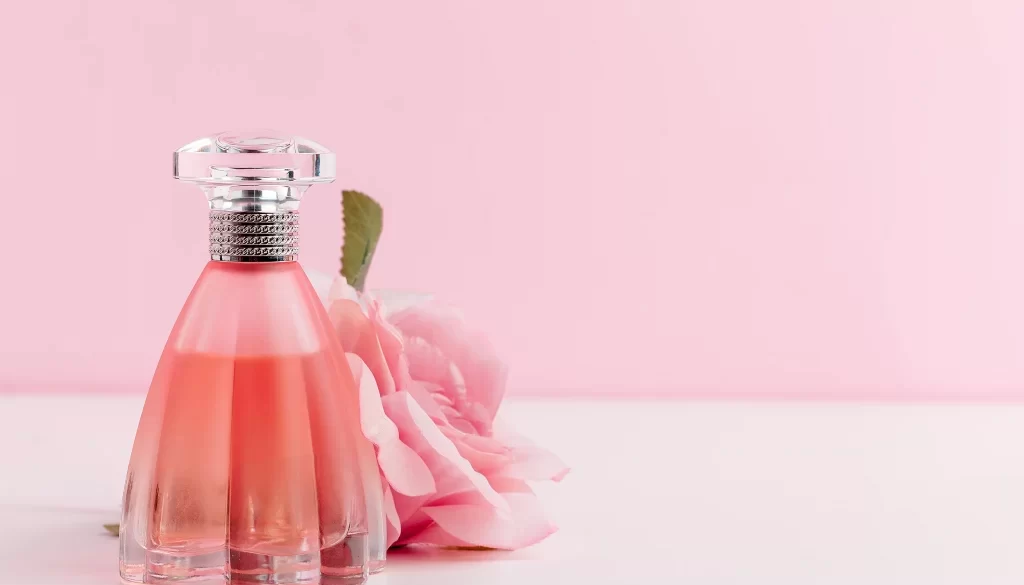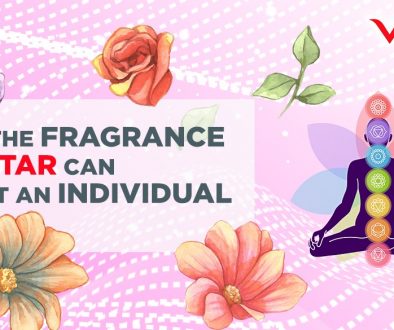Benefits of Synthetic Fragrances
A synthetic fragrance is one that is comprised primarily of artificial compounds and materials. The majority of these amalgams belong to a class of substances known as petrochemicals. Synthetic fragrances often last a lot longer than pure perfumes and are generally more pronounced due to the potent fixatives they contain. These aid in balancing the volatile nature of some ingredients, increasing their holding power. Synthetic fragrances are laboratory creations, and while it may not be common knowledge, they comprise almost two-thirds of the most popular scents we create and other perfume manufacturers that are used in perfumes and other scented products.
There are basically three diverse types of synthetic fragrances. They are full synthetics, which means they are almost entirely comprised of petroleum by-products; semi-synthetic also known as natural fragrances, which have been transformed via artificial means and natural isolates, which belong somewhere in between natural and synthetic because laboratories develop them by cutting off one scent from a more complex aroma base, such as that of a red rose.
Pure Organic And Natural Fragrances
Aromatic compounds created from Mother Nature’s endless bounty have been integral to mental, spiritual and physical healing in the form of aromatherapy since the beginning of recorded history. This is a natural treatment for healing a person’s mind, body and soul known and practiced for centuries by many ancient civilizations, including Egypt, China and India.
Pure Organic Aromatics Compounds
Pure perfume is any fragrance derived completely from minimally processed natural materials, without any artificial or synthetic components. In order to meet the criteria, this fragrance must contain only pure essential oils obtained from raw fruits, flowers, herbs, leaves, seeds, roots and woods via steam distillation or water. The tenacity of a pure perfume is totally dependent on the molecular configuration of the oils selected. This can cause variations in how long a fragrance can maintain itself. Pure perfume can be compared to a bouquet of diverse blooms.
One fragrance may only last for a few hours and others could still be discernible days after the initial application. Some of the more popular natural oils used in the personal care industry include almond; jojoba; coconut; grape seed; geranium; lavender; olive oil (ultimate hair conditioner); rosehips oil (nail-care); coconut (skin moisturizer) and eucalyptus.
Pure scents are inconsistent in character, as some last longer and are more discernable than others. It is, perhaps, this fact that accounts for the belief that while pure perfumes may be lovely, they are short-lived. Resins from myrrh and frankincense, as well as animal by-products, such as whale ambergris and musk from a musk deer, are all-natural fixatives, but today they are hardly if ever used because their extraction entails the death of the animal.
Natural Fragrances
Natural scents are not so clearly delineated, as there is no legal definition of the term ‘natural’. This has relative meaning and can be translated to indicate a skincare product MIGHT contain both natural and synthetic ingredients with the majority being chemical in origin.
Natural fragrances are complex creations usually comprised of aromatic raw materials such as essential oils, fractions of essential oils, isolates, exudates such as resins, distillates, extracts and volatile concentrates. Natural fragrances are not always organic but organic fragrances are always natural.
Pure essential oils are always present in any natural perfume. Extracted from raw fruits, flowers, herbs, leaves, seeds, roots and woods, these oils are usually blended with a soy or bee’s wax to create a dense fragrance. Energetic, emotional, and physical healing properties are often associated with natural fragrances.
Organic Fragrances
Organic scents are derived from living matter and are defined as those that are grown and processed under highly controlled conditions that guarantee materials are free from pesticides, heavy metals and synthetic fertilizers. The United States Department of Agriculture (USDA) certifies perfumes as organic and People For The Ethical Treatment of Animals (PETA) certifies that they are vegan.
The Benefits of Synthetic Perfumes
While the word, ‘natural’ written across the label on any product is likely to connect consumers with concepts like healthy and even better, in all fairness, this is not always the case. In addition to the killing of whales and forest animals for the sake of fragrance, substantial deforestation has resulted from the production of natural oils, such as sandalwood and rosewood.
Synthetic perfumes are richer and more intense than natural aromas. They are also more versatile in composition than natural varieties, which are always limited to florals, musks and botanicals. They can be created in a laboratory with one single-molecule and blended with essential oils to create an endless spectrum of fragrances.
Love synthetic fragrances or not, the world’s most iconic fragrance, Chanel 5, would never have been created without the use of a new category of synthetic fragrance materials known as aroma aldehydes, which provide that famous sparkling fresh top note, often imitated by newer creations.




